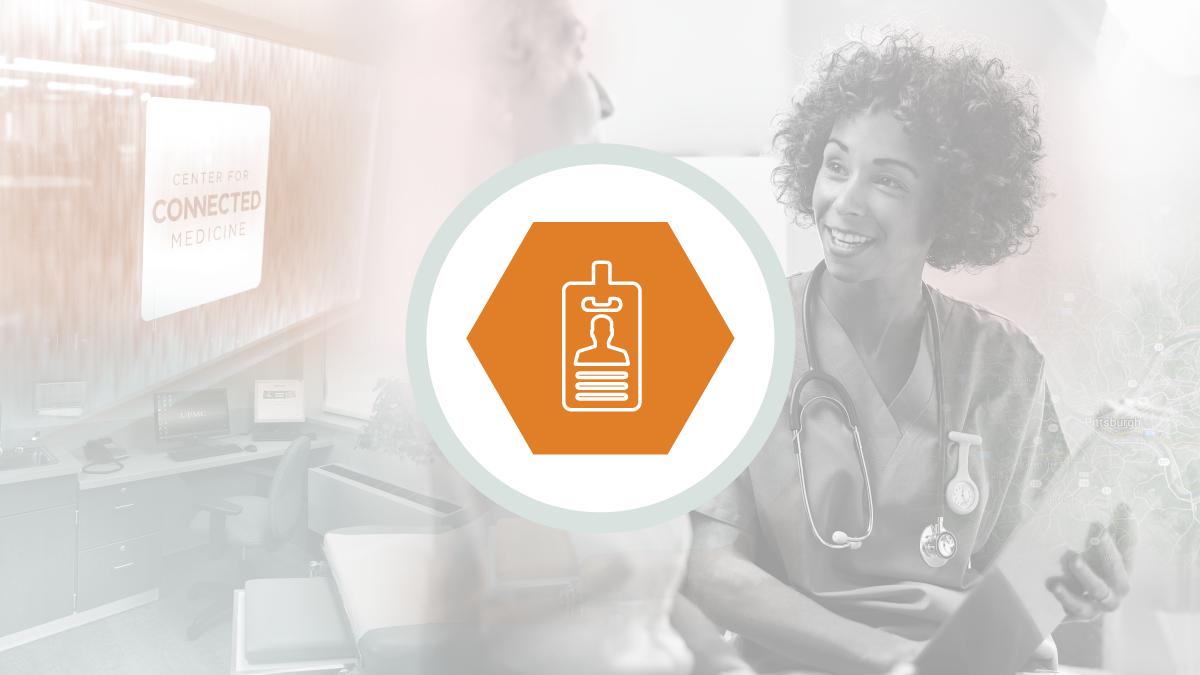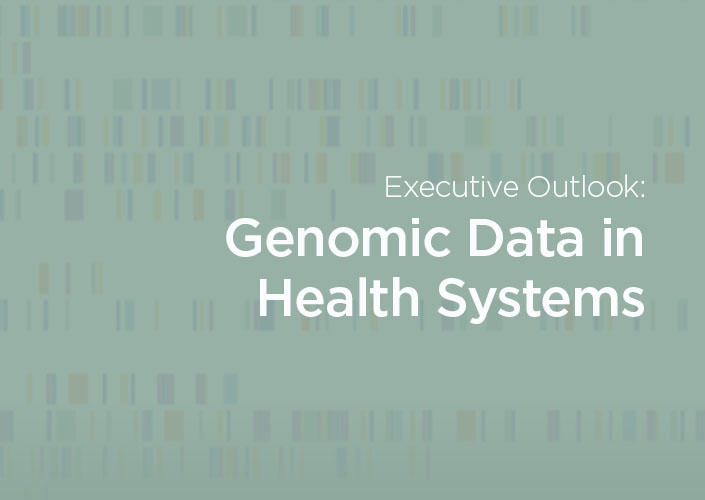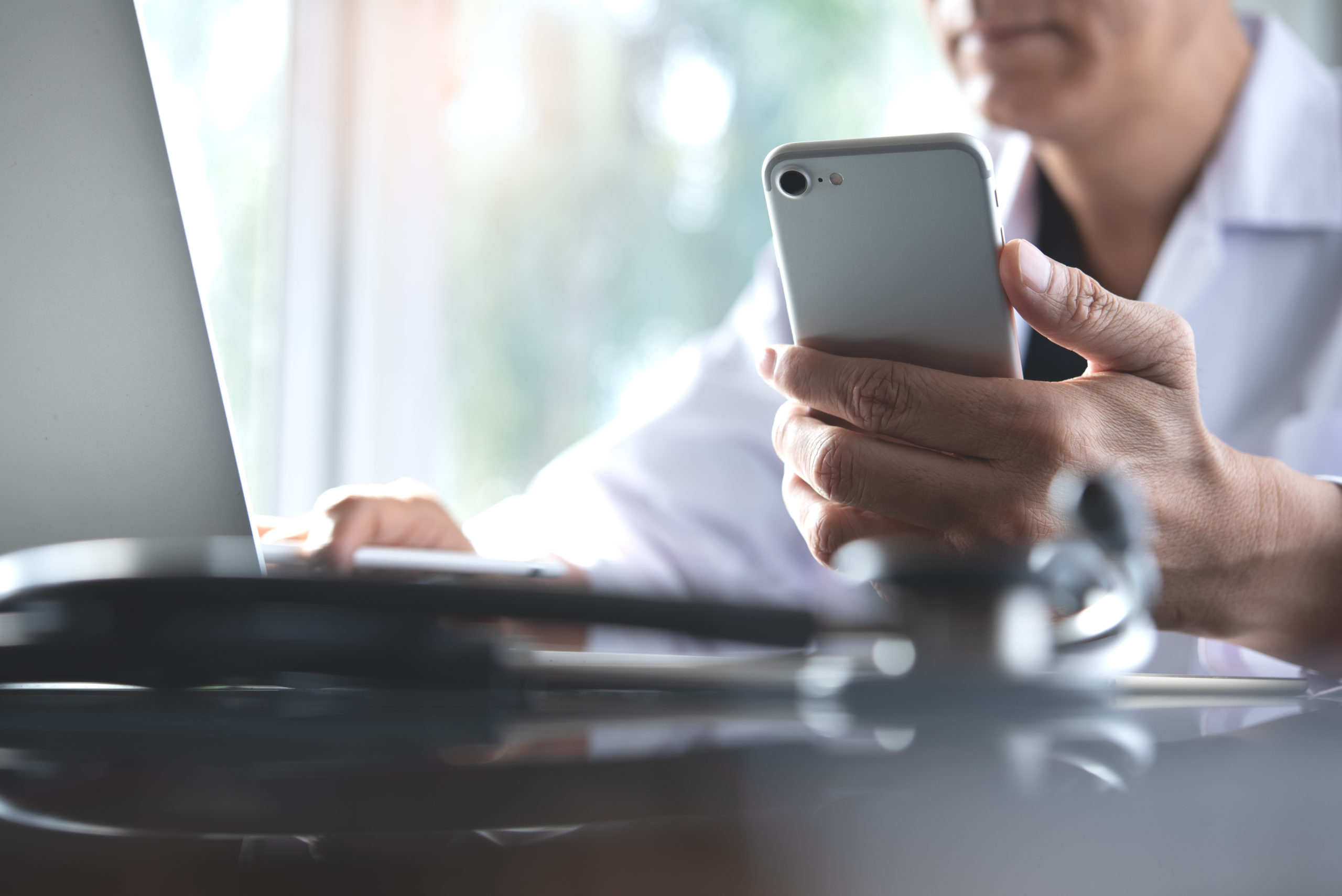Patients should be able to readily obtain medical services and information, and providers should have access to the most up-to-date information about their patients.
Access to care is a complex, multi-faceted and incredibly important factor in overall population health—especially preventative care.
Access to care is affected by provider supply and health care information technology capabilities, payer plans and even government policy. Affordability, availability, accessibility, accommodation and acceptability all factor into and influence access to care. Technology is improving access to care through virtual health care, smart home health, connected medicine and care coordination.
Access to care is affected by provider supply and health care information technology capabilities, payer plans and even government policy.
[What digital health challenges of ‘Top of Mind’ for health system leaders?]
Virtual health care
The increasingly widespread adoption of telemedicine means many physicians and specialists no longer need to be physically located within a close geographic range for patients to benefit from their services and expertise. HIMSS Analytics estimates that 51 percent to 53 percent — or 2,900 to 3,000 — of U.S. hospitals will have installed telemedicine technology by 2020.
- Video visit interactions bring patients and providers face-to-face virtually.
- Native apps put consumers in touch with providers in just a few clicks.
- Smart phone photography and videography capabilities make sharing visuals simple.
Smart home health
Remote care management platforms operate by connecting a smart phone or tablet through Blue Tooth technology to devices such as monitors, sensors or scales; the connected device sends data and alerts to an application on the phone or tablet, which is then accessible to care providers. Remote care management gives providers greater visibility into patient health, which can help them catch health challenges before they escalate, allowing for early remediation and potentially preventing hospitalization.
[Are health care’s cloud security concerns grounded in reality?]
Mobile-first technology
Ubiquitous care extends beyond the home to include support for on-the-go consumers. Convenient care and applications that consumers take with them wherever they go include wearables linked to mobile apps.
- Health care mobile apps are introducing new avenues to care. For example, a particular app-based program in cognitive behavioral therapy is equal to or better than traditional in-person therapy, yet easier and more convenient to access. A dearth in psychiatrists and mental health support in the U.S. heightens the significance of such an application.
- Common wearables already track activity, heart rate, sleep and many other attributes; the next and rapidly approaching frontier will be for wearables that non-invasively track biometric vitals, such as glucose levels, to hit the mainstream marketplace.
[What are the barriers preventing health systems from implementing predictive analytics?]
- 165,000 health-related apps were available for Apple or Android smartphones in 2016. According to PricewaterhouseCoopers, it is predicted that those apps will have been downloaded 1.7 billion times by 2017.
Care coordination
Integration—easy, appropriate, even automated information-sharing—remains a tremendous challenge in health care. Improved integration and care coordination have the potential to influence access to care in these ways:
- Reduce fragmentation: Integration makes information-sharing among trusted sources, such as primary care physicians and specialists, easier. Better information-sharing prevents fragmented care and lowers costs by avoiding duplication, such as unnecessary labs or scans.
- Close the loop: Oftentimes, when a primary care physician (PCP) recommends that a patient see a specialist, the PCP has no way of knowing whether the patient followed through with the recommended treatment. This can be problematic for patient health.
- Reducing errors: Improved care coordination can help reduce medical errors by eliminating duplication of services, unnecessary tests and negative drug interactions.
- New support channels: Health care organizations are using new tools and determining new ways to help patients adhere to treatment paths. For example, predictive analytics is being used to improve medication adherence.



